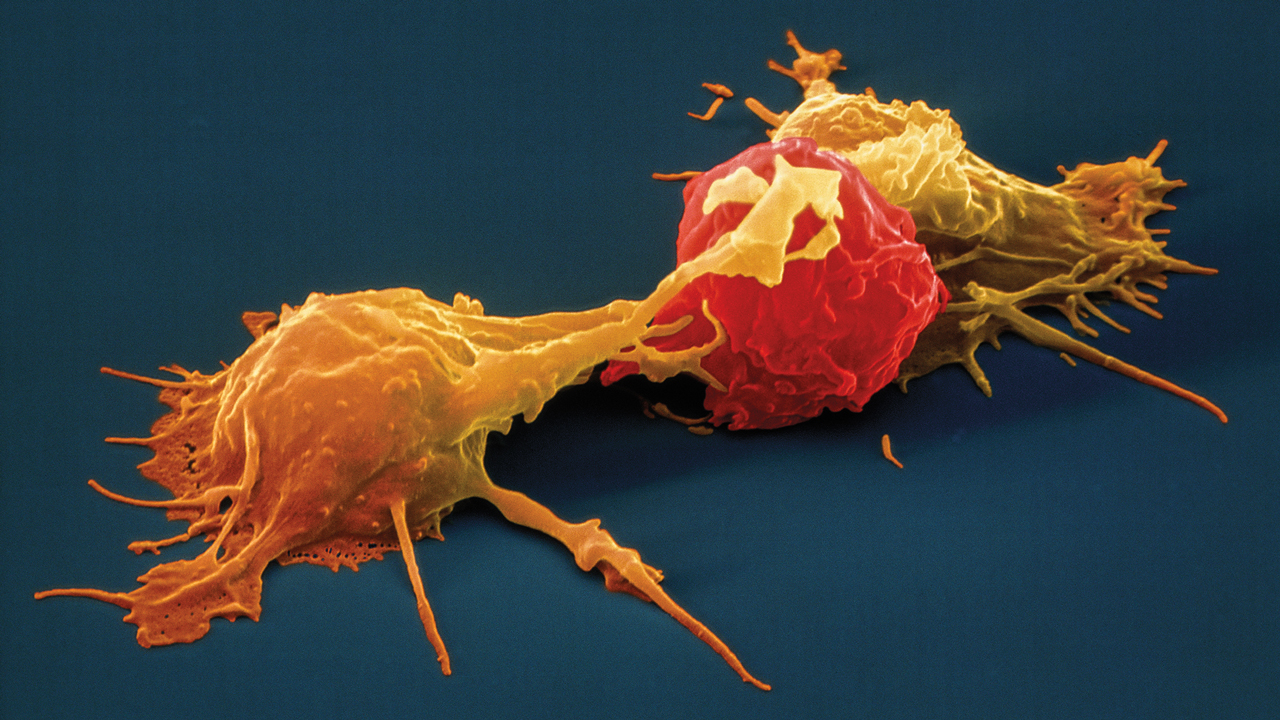Kabuki syndrome
1. Immune system
The immune system is the set of biological structures and processes that protect the human organism mainly against infections and at the same time prevents, thanks to a mechanism called tolerance, these defenses from attacking our own organism (autoimmunity). It is made up of white blood cells or leukocytes, of which there are different types: neutrophils, macrophages, eosinophils, basophils, mast cells, NK cells, B and T lymphocytes, etc.
In addition, different molecules such as antibodies, cytokines or the complement system are also part of the immune system. The immune system is not localized in a single organ, but its cells are distributed throughout all organs and tissues (blood, intestine, liver, lungs, skin, nervous system, etc.). However, it is true that there are four structures where these cells are mainly produced and mature: the bone marrow, the thymus, the lymph nodes and the spleen.

The immune response is divided into 2 types:
- Innate immunity: this is a type of immunity that is effective already from birth, without it being necessary for us to have been exposed to any microorganism. This type of innate response is provided by certain types of white blood cells: phagocytes (neutrophils and macrophages), eosinophils, basophils, mast cells, and NK cells.
- Acquired immunity: We do not develop this immunity until we meet microorganisms. Every time a new germ enters our body (through the air we breathe, what we eat or a skin wound), it is digested by macrophages and presented to B and T lymphocytes. These cells keep a “memory” of many of the germs we have met, so that if they “attack” us again, our immune response will be faster, more specific and longer lasting. Acquired immunity is composed of B and T lymphocytes and antibodies (produced by B lymphocytes). The immune response produced by antibodies is also called humoral immunity, specialized in eliminating extracellular bacteria. The response produced by T lymphocytes (and other cells such as phagocytes and NK cells), is called cell-mediated immunity, and is specialized in eliminating intracellular organisms (such as viruses, fungi, protozoa and some intracellular bacteria).